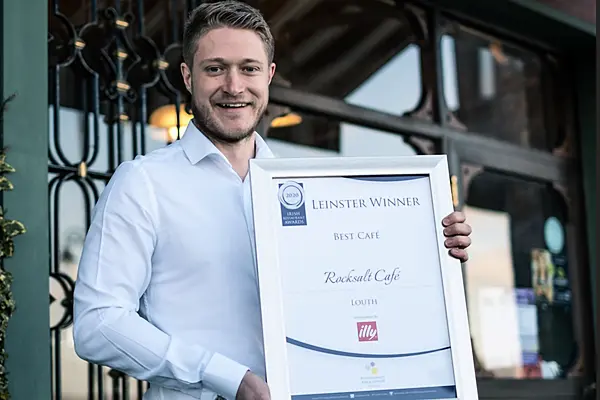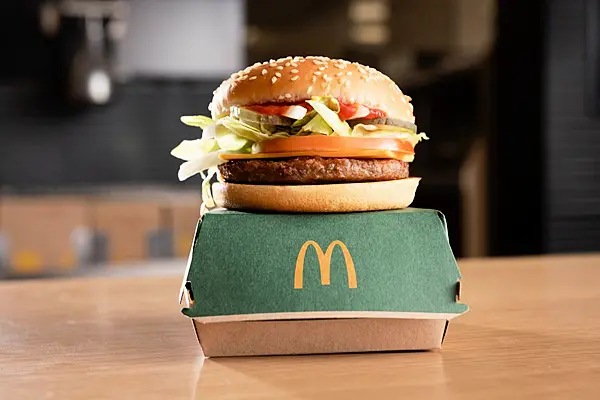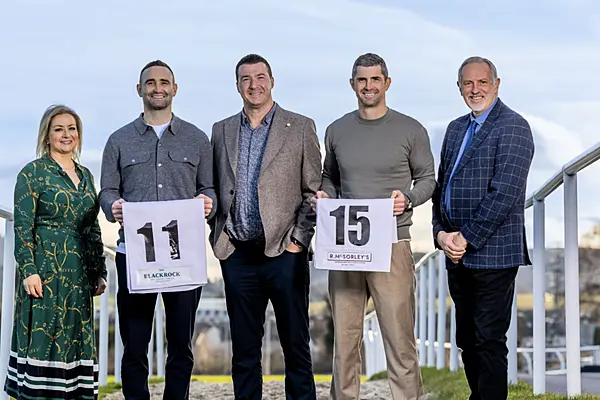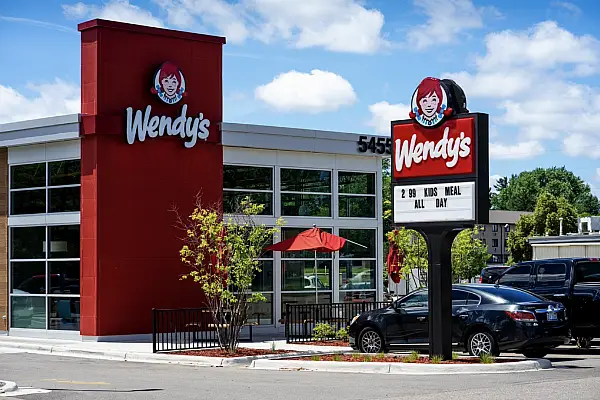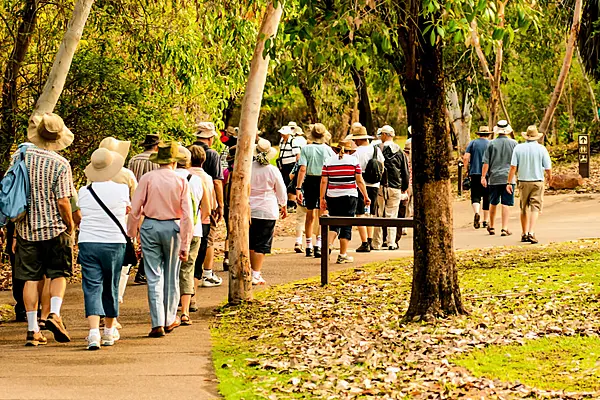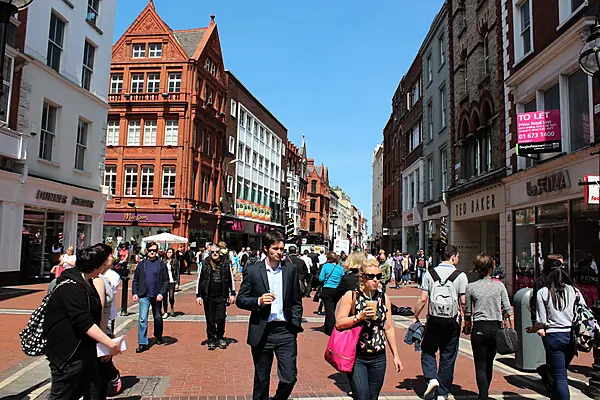Last week I spent hours combing through my notes on the several thousand wines I sampled in 2017 to single out the best of the best.
My top taste experiences are always the ones I’ve noted with stars and exclamation points. There were lots of them this year, especially great vintages of the finest Bordeaux. But the wines that most seduced, surprised, or seriously impressed me were the ones whose aromas, tastes, and stories actually made me see the wine world in a new light.
This year they range from a great vintage of Burgundy’s most fabulous white to a rare red from Texas (!), to a New World grand cru from Chile and a Bordeaux produced while World War I raged.
These are all wow wines, for sure, but they also reflect what’s new and important in the world of wine today and signal what’s likely to happen next. The continuing emergence of new regions and grapes, the rediscovery of overlooked old classics, and whites from areas normally known for their reds will help shape what we drink in 2018.
2015 Peter Jakob Kühn Mittelheim St. Nikolaus Riesling GG ($45)
It’s a mystery to me why people don’t drink more dry German riesling—especially when you consider the amazing quality price ratio. I savored this dazzling great wine, and a dozen others, with Peter Jakob and his wife Angela under a leafy arbor at the winery in the Rheingau region. All his wines have a special pin-point purity of flavor and a silky texture, plus layers of mineral complexity. This top one is notably intense and piquant, with juicy acidity, bright exotic fruit and green herbs—and for this season, the perfect name.
2015 Torres Forcada (price not determined)
You won’t see this white wine until mid-2018, but it’s guaranteed to make a splash. For three decades, Miguel Torres has been rescuing ancestral, nearly extinct grapes from oblivion. Many of them thrive in hotter, drier climates. Torres sees reviving them as a way to adapt positively to climate change and has identified six he considers exceptional, including forcada. This floral-scented white has plenty of zing and verve, with striking citrus, herb, and mineral notes. It’s the future in a glass.
2014 Bending Branch Winery Souzão ($95)
My most surprising wine of the year comes from a boutique winery in Texas Hill country near the historic town of Comfort. This rich, polished, dry red with wild, exotic flavors is made from the native Portuguese grape souzão. Award-winning Bending Branch, founded in 2009, planted the first acre of the grape in the state. I hope Texas wineries take note.
2005 Elvio Cogno Barolo DOCG Riserva Ravera Vigna Elena ($100)
Vigna Elena is Cogno’s top barolo, from a special vineyard parcel planted with a rare nebbiolo grape clone called rosé. It’s made only in great vintages, and of the nine I tasted at the winery in the tiny town of Novello in Piemonte last July, this one—followed by 2001, 2010, and 2011—were my knockdown favorites. Dramatic and violet-scented, the 2005 comes with a core of sour cherry fruit, an iron tang, and a succulent texture. I’ll admit that drinking it over a candlelit dinner by the winery pool with a view of the moon shining over the vines heightened the experience.
2014 Almaviva ($150)
In June, Chilean winery Almaviva, a joint venture between the families of Château Mouton Rothschild and Concha y Toro, celebrated its 20th birthday anniversary with a lavish party in Bordeaux. At a formal tasting and dinner at Mouton, with arias from Mozart’s The Marriage of Figaro wafting from speakers hidden behind vines, I sampled a dozen vintages of the cabernet-based red, starting with the first vintage 1996. The wine has finally hit its stride in recent vintages, such as the rich, spicy 2014. Its suave, silky tannins and luscious mocha flavors reminded me that grand crus from New World regions can stand out even when tasted in the heart of Bordeaux.
2013 Corison Kronos Vineyard ($175)
Napa’s Cathy Corison has never wavered from producing elegant, terroir-driven cabernets, which are now, thankfully, coming back into vogue. During the 2017 harvest (before the terrible wildfires), as grapes from her great Kronos vineyard were being crushed, I tasted this thrilling wine with her in the winery barn, looking out on the vines it came from. The just-released 2013 is deep and intense, with Corison’s trademark savory minerality, spicy red fruit, velvety tannins, and plenty of finesse, a complete template for what Napa cabernet can be.
1995 J.L. Chave Hermitage Blanc ($245)
New York’s wine year is punctuated by lavish events celebrating the world’s wine regions, but this year marked the first ever Reboule du Rhône, a celebration of northern Rhône wines. To most people the territory equals red, but the less well-known richly textured whites are stunners, too, as is increasingly the case in red regions. This super-complex marsanne-roussanne blend from a legendary producer has fabulous honeysuckle aromas and an extraordinary intensity of flavor.
1955 Château Siran ($470, magnum)
Owner Edward Miallhe poured this cabernet blend at charming La Gare Gourmande restaurant in Margaux. He told me that on a trip to California, he learned this vintage of Siran had been a primary ingredient in the blends that convicted wine counterfeiter Rudy Kurniawan made to fake old vintages of Château Lafite. I could see why: The old Siran is perfectly mature and still lively, with classic, complex layers of fruit, leather, and dried herbs. But it’s also a terrific wine in its own right that hardly belongs in a criminal recipe. The Siran is in the classic-but-still-alive category, with layers of fruit, leather, and dried herbs. (For current vintages, look for the delicious 2014 and 2015, both superb values.)
2014 Domaine de la Romanée-Conti Montrachet ($6,000)
Domaine de la Romanée-Conti’s annual prerelease tasting is always a highlight of the year, a chance to sip the latest bottled vintage of all the legendary Burgundy town’s wines from its eight grand cru vineyards. This year the one from the most revered vineyard, Romanée-Conti, stood out, but DRC’s lone white was staggering. Powerful, pure, and unctuous, it’s the Platonic ideal of great chardonnay—ethereal hints of lemon and river-rock-smooth minerality, with wonderful life and energy—the exemplar of why 2014 is a great vintage for Burgundy’s whites.
1917 Château le Puy Cuvée Emilien ($24,143)
It’s rare to be able to taste vintages from a single estate that span an entire century. So it was a treat to sample Château Le Puy’s subtle merlot-based cuvée Emilien from 2017 back to 1917 at the French consulate in New York. A 400-year-old estate just east of prestigious Bordeaux appellations Pomerol and Saint-Émilion, Le Puy has always farmed organically.
Yes, the 1936, 1959, 1961, and 1982 were amazing, as their year’s reputations would suggest—but the lively, cigar box-and-spice-suffused 1917 was a snapshot of history. It made me wonder what it must have been like to harvest the grapes as World War I ground on. This estate’s scented, long-lived wines are proof that there are overlooked terroirs, even in Bordeaux. (Their 2014, the current vintage, is an amazing bargain at $40.)
News by Bloomberg - edited by Hospitality Ireland

